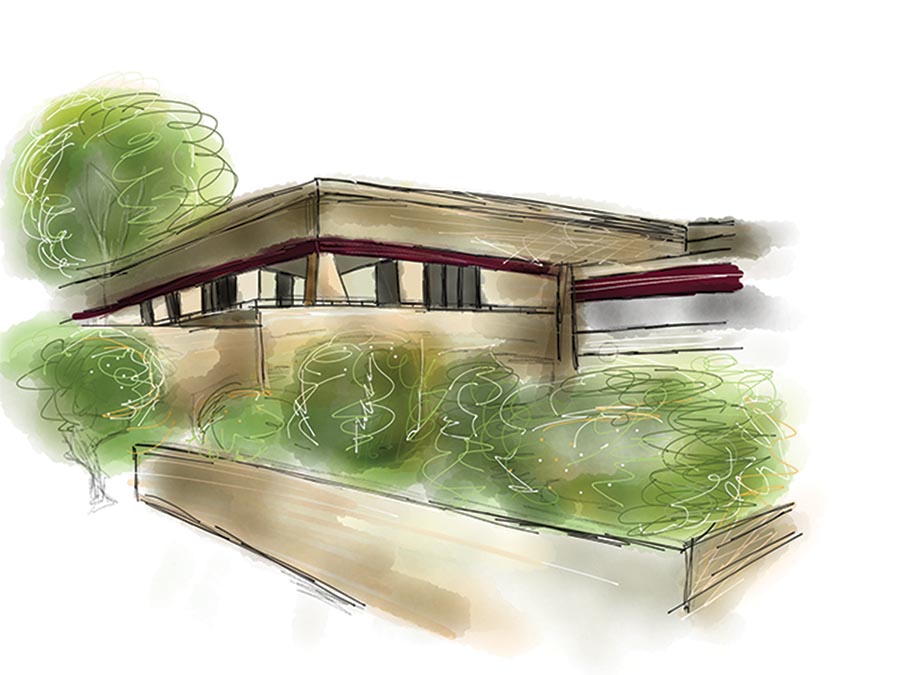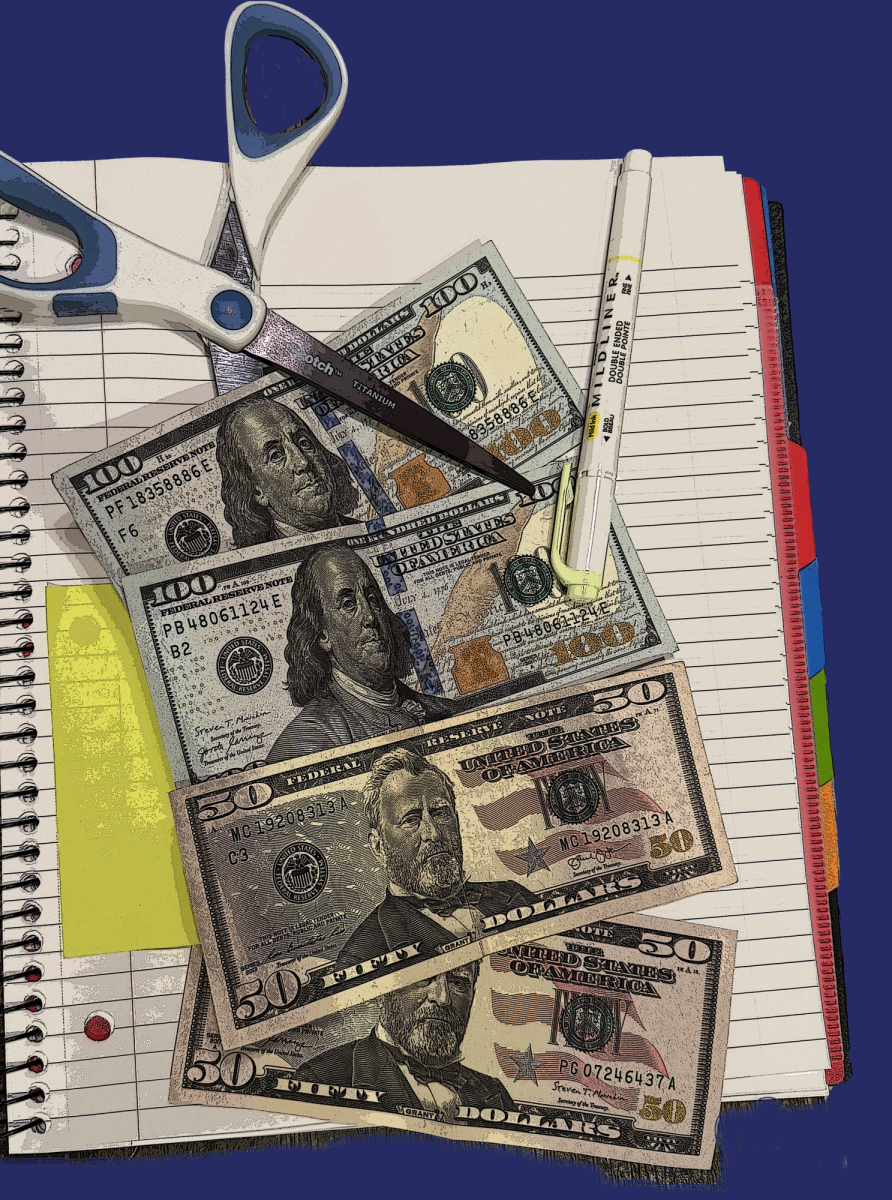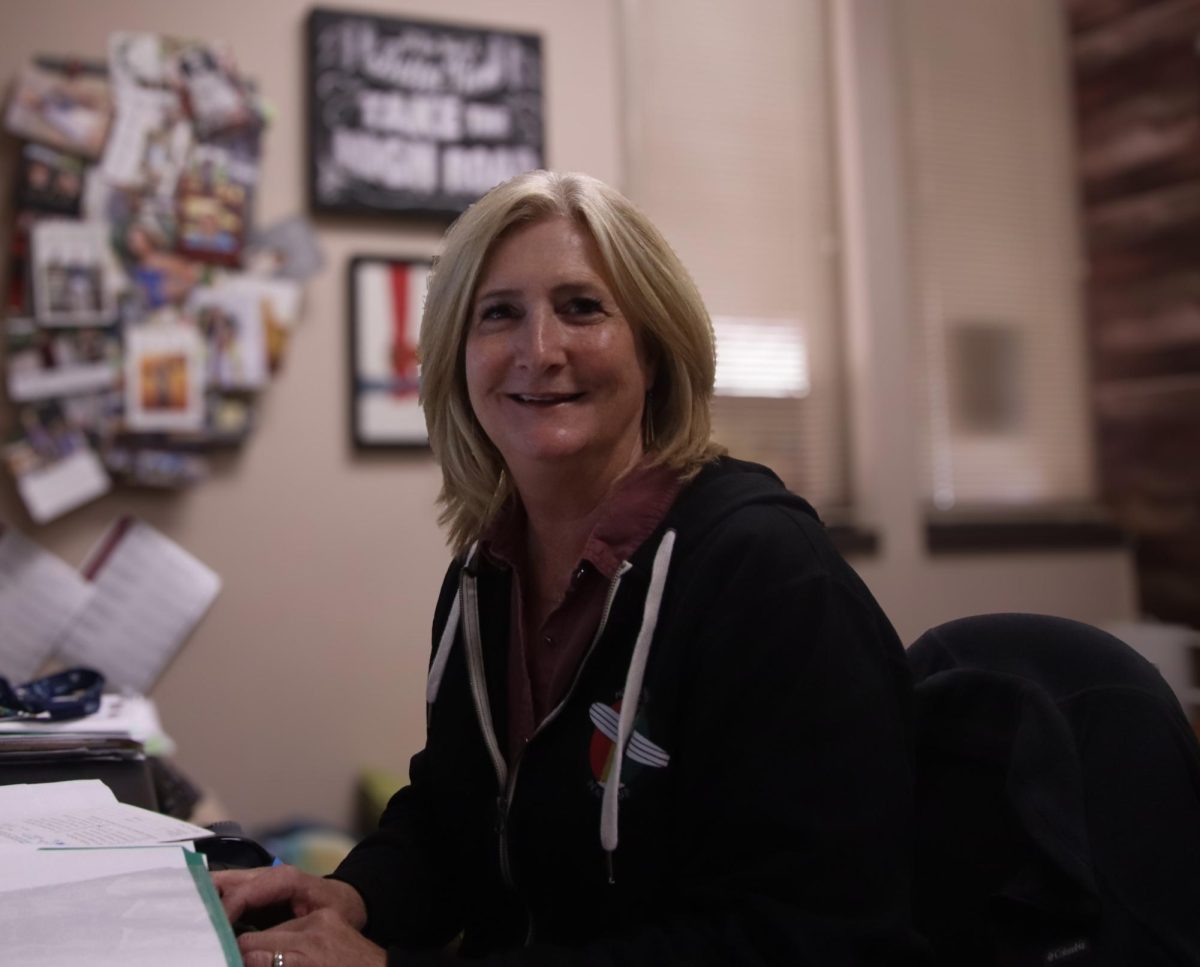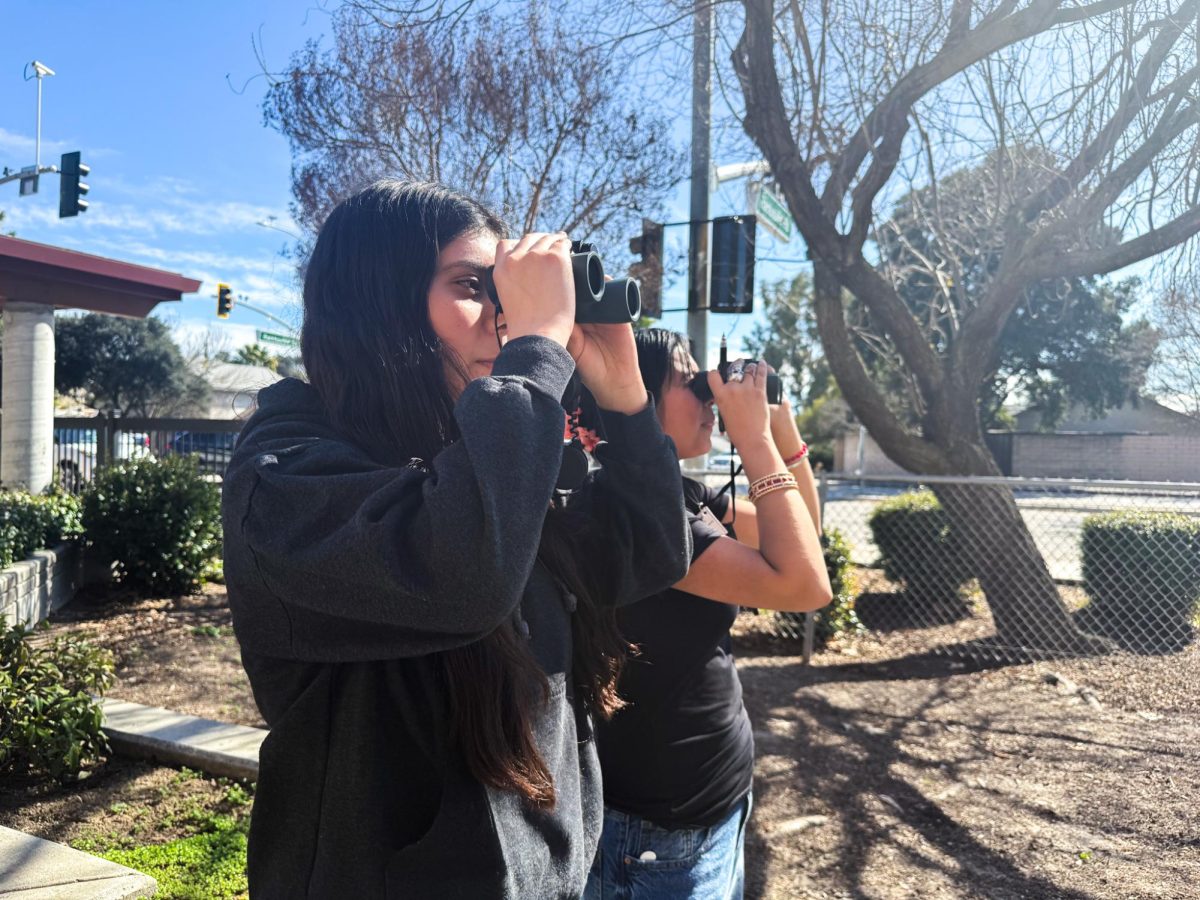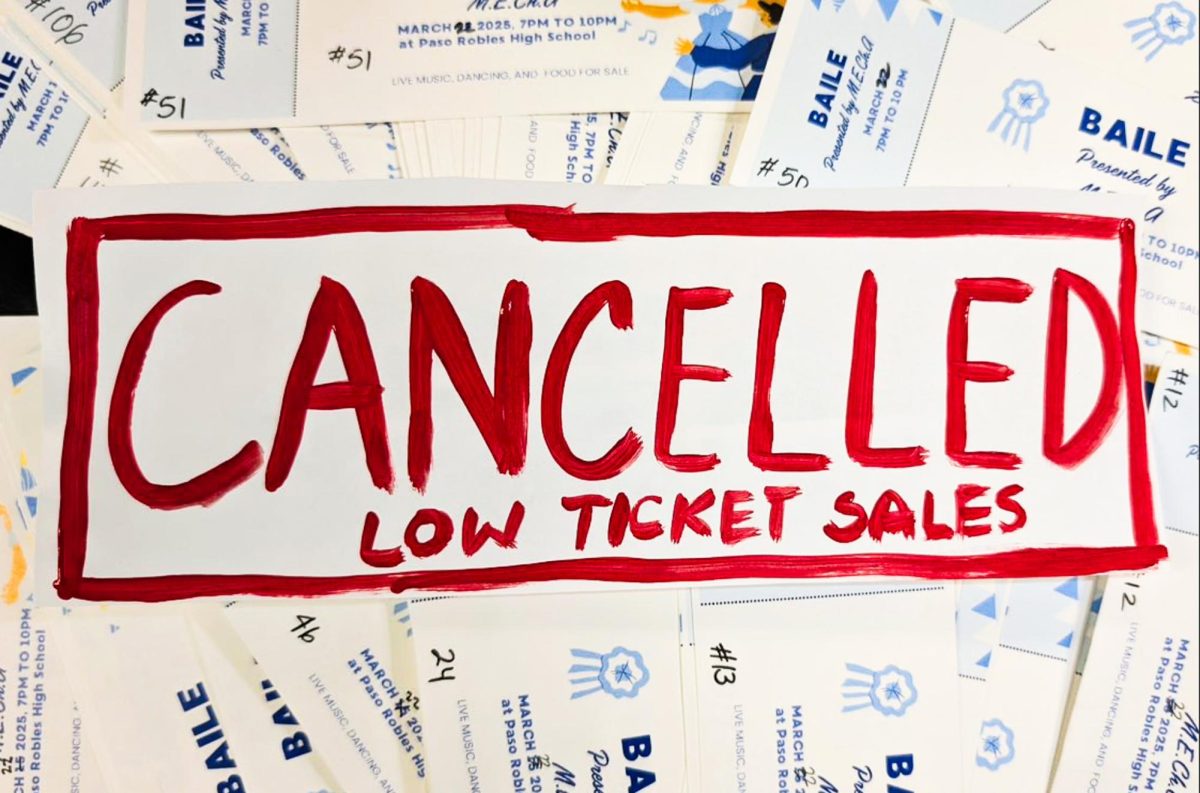Attendance Tutorial, and Dress Code Policies
PRHS administration has re-crafted policies for the 2017-2018 school year, including in the areas of tardies, tutorial and dress code. Students can expect increased tardy and dress code policy enforcement, as well as a tutorial focused on behavior and emotional well-being and academics.
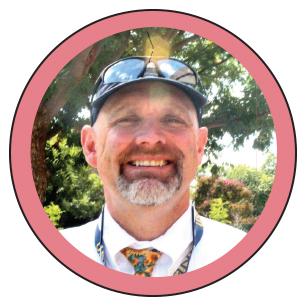
“We want to be able to react when students are struggling, before it gets to be too late,” Assistant Principal Tom Harrington said.
Student extracurricular activity participation is now subject to many of the regulations that restricted athletic participation. In order to participate in any extracurricular or co-curricular activity, such as music groups, cheerleading, student government, leadership, club officers, dances, student performances, performing arts, work permits, and SkillsUSA, among others, a student must have a GPA of at least 2.0 for the quarter, and maintain “satisfactory citizenship,” according to the PRHS official website. The policy is meant to ensure that students are maintaining adequate progress towards graduation and college and career readiness. We want all students to be involved in the multiple opportunities that are available to them…however not at the expense of their academic achievement,” principal Eric Martinez said.
Tardy punishments have changed this year as well. Students will now be required to attend a twenty minute lunch detention after their 8th cumulative tardy, lunch detention and a vice principal conference after their 12th, Saturday school and a vice principal parent conference after their 16th, and another vice principal parent conference after their 20th.
Tutorial has undergone major shifts as well. Students are no longer required to turn in tutorial forms each week, and no longer need signed approval to travel. Instead, students may simply sign out to leave class, and a once a month, more comprehensive tutorial form will be required. The new tutorial form now includes mental health and goal-setting areas, in addition to academic analysis. In addition, teachers will have meetings with their tutorial students to discuss goals, mental health and other topics.
“[PRHS staff wanted to] make tutorial more effective [and to] monitor students on a regular basis on their grades, attendance, social and emotional well being, and discipline,” Harrington, who led a committee of teachers and other staff aiming to improve tutorial, said.
The change has been well-received by teachers. Algebra II and Calculus teacher Kirsten Riggenbach, who has previously worked with her tutorial students to set goals, said that it was “excellent” the practice was becoming common to all tutorial classes.

